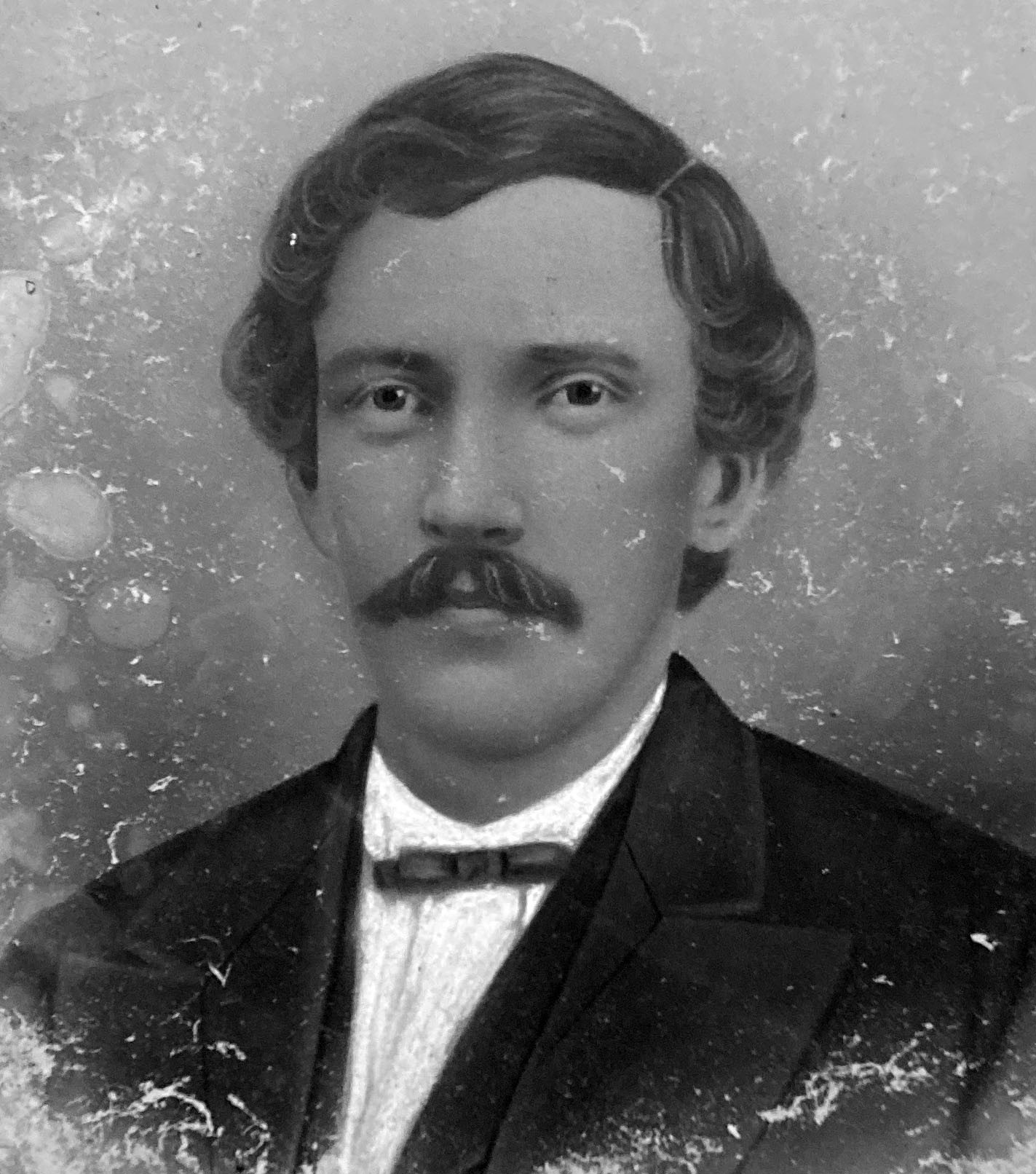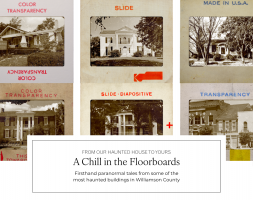
By Katie Shands
For almost two centuries, Creekside has stood like a sentinel on Franklin Road, witnessing the ebb and flow of life, from the early days of Williamson County’s settlement to the tumultuous years of the Civil War and beyond. The history books are relatively quiet about this house, which might lead one to think Creekside was merely a peripheral observer of the area’s important events. However, a journey through its property deeds will reveal one notable name after another, each owner leaving an indelible mark on not only the house’s legacy, but the town itself. Join us as we peel back the layers of Creekside’s past and discover its significance in Franklin’s historic landscape.
Though there have been some muddy waters over the early history of Creekside, records show that Wright Stanley, a county magistrate, was the home’s first owner. After his death in 1833, his second wife, Mary, inherited the home and adjoining farmland. It was later sold to Thomas Shute for a short period.
During the Federal occupation of Franklin, the Creekside property likely experienced heavy military traffic. Not only does the home sit along what was a main route to Nashville, it also backs up to Roper’s Knob where a Union signal station was located. Furthermore, Federal troops had erected picket lines on the Nashville Pike (now Franklin Road) at Spencer’s Creek, which flows near Creekside. On June 8, 1863, two Confederate spies were intercepted just outside of town, and many believe their capture happened at these picket lines. If that’s the case, they were apprehended very close to Creekside. The men were hanged from a tree the following morning.
Shortly after the war in 1866, Thomas Shute sold the property to John Campbell, a silversmith who lived in a nearby plantation home named “Glen Echo.” Later that year, Campbell’s brother-in-law John B. McEwen acquired Creekside and the farm. McEwen was Franklin’s mayor during the Civil War and one of the town’s most prominent citizens. He lived in a fine home that still stands on Fair Street. Though he kept Creekside in his name, he gave the house to his daughter Sarah “Sallie” Florence and her husband, Reverend William L. Rosser, as a wedding gift. Sadly, Sallie died in 1867 within weeks of giving birth to her daughter, Sarah “Florence.” Rev. Rosser and McEwen continued to run the farm together, but by 1870, Rosser was living in Marshall County with three-year-old Florence and his second wife, Ruth.
Almost two months after Sallie’s death, a boy named James E. Caldwell moved with his mother and siblings from Memphis to the Creekside property. The Caldwell family helped maintain the farm and household. James later wrote about the experience in his memoir. He recalled one event in particular during a bitter winter when he was tasked with retrieving firewood from Roper’s Knob behind the house. On the return trip, his cart broke, and the firewood went tumbling down the icy hill. After a moment of desperation, he fetched a new cart, collected the wood, and never let the woodpile get that low again. He later referred to the incident behind Creekside as “the great event in my life” when he resolved to never allow “such want” to get that close to him again. Caldwell would go on to become one of the richest men in Tennessee and served as president of the Cumberland Telephone & Telegraph Company (now part of AT&T).
In January 1876, The Review and Journal reported John McEwen had established a dairy farm on the Creekside property and hired a Canadian dairyman to manage the operation. McEwen’s new enterprise was described in glowing terms: “Cheese will be manufactured, and butter and milk sold… Some butter made there has been exhibited in town and was pronounced the most beautiful ever seen.” Like so many of McEwen’s enterprises, the dairy proved to be a successful business venture for many years.



In 1901, McEwen transferred the deed to his granddaughter, Florence, who had since married. She lived at Creekside with her husband, George Adkerson, and their five children. After Florence’s death, the home went to her daughter Ella “Marion” Adkerson. Marion was an accomplished medical technician with a career that spanned from New York to Nashville. She resided at Creekside until her death in November 2003 at age ninety-five. After her passing, the family put the property on the market.
Last year, Creekside faced development threats, so Franklin Preservation Partners stepped in and negotiated its purchase. The group aims to preserve Franklin’s open space and historical heritage through private-sector initiatives. With Franklin Preservation Partners now taking up the mantle of stewardship, Creekside’s future is looking as rich as its past.


















